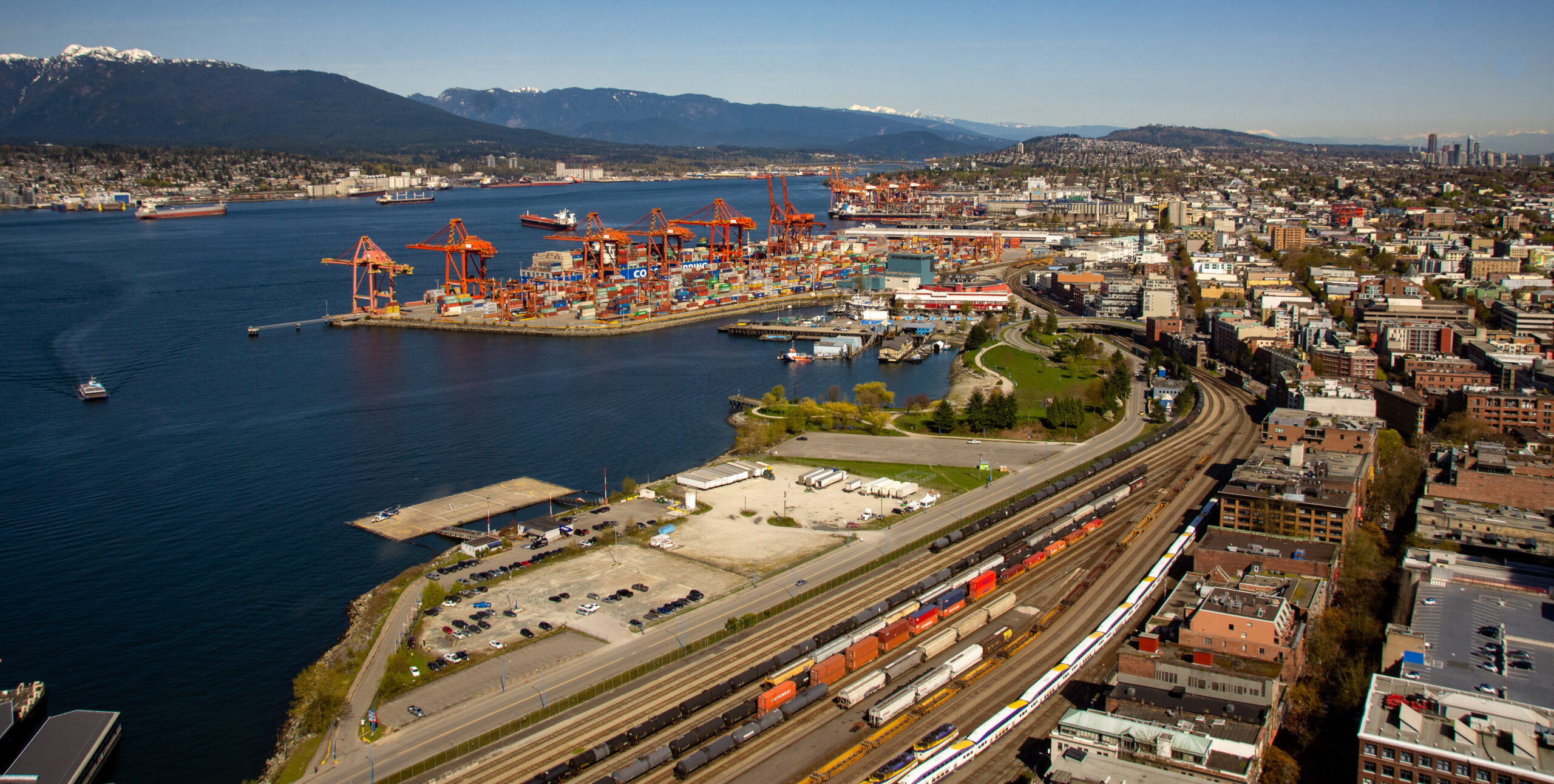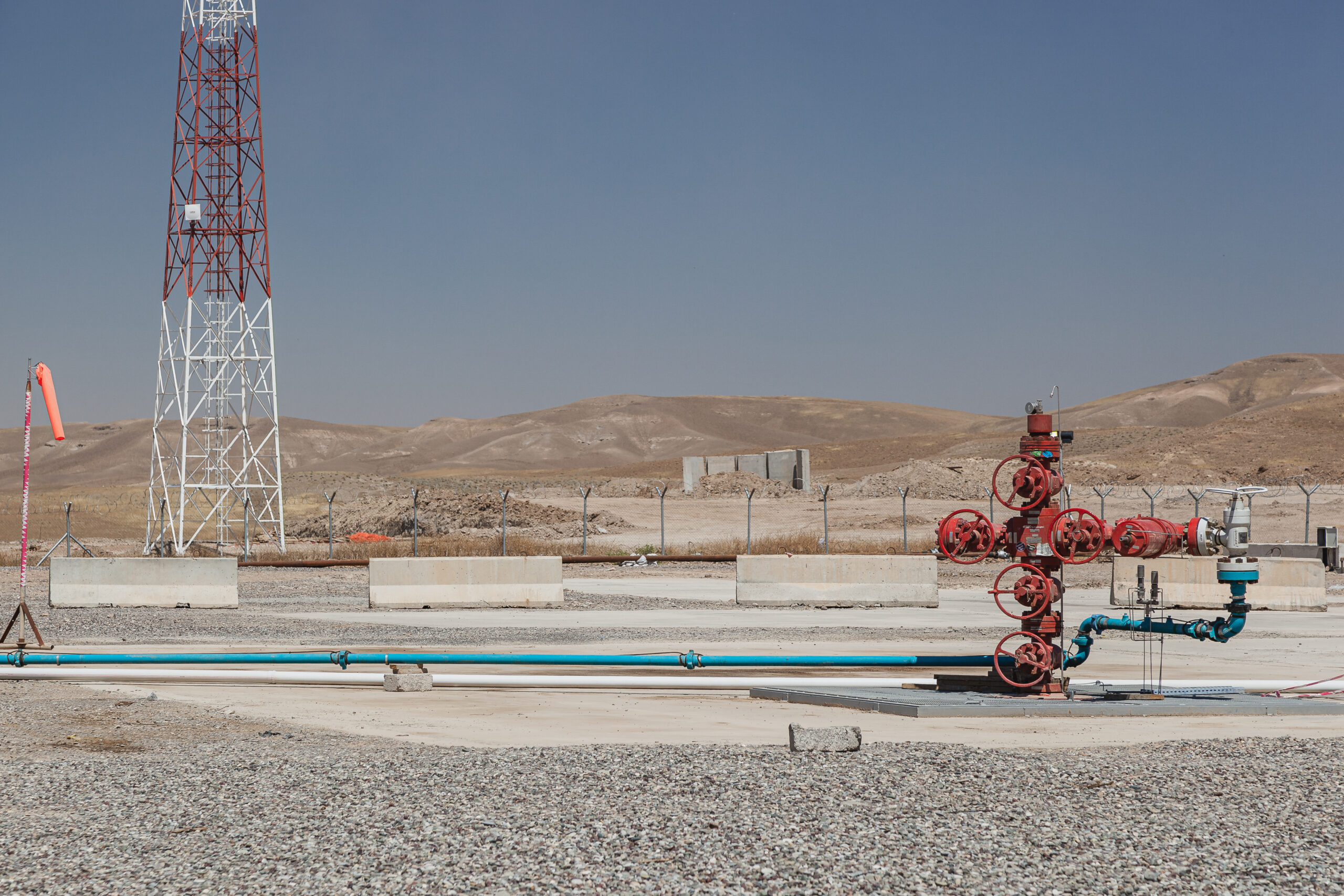LNG export expansion in British Columbia “not a slam dunk”
A major buildout of LNG export terminals on Canada’s Pacific Coast rests on assumptions of long-term demand growth in Asia. But those forecasts are highly uncertain, two different reports warn.

The push to expand LNG exports in British Columbia faces significant commercial and policy risk, a pair of recent think tank reports warn.
Canada’s first LNG project — the Shell-backed LNG Canada — is expected to come online next year. Another half dozen major LNG projects are in various stages of development on Canada’s Pacific Coast.
But LNG developers are basing a major buildout of gas export terminals on long-term demand forecasts in Asia that are replete with uncertainty, according to a new report from Clean Energy Canada, a clean energy think tank based in Vancouver.
“LNG is not a slam dunk opportunity for B.C. by any stretch of the imagination. Future demand for LNG is highly uncertain and there’s far from a guaranteed market,” Stefan Pauer, a manager of technology and economic analysis at Clean Energy Canada and the author of the report, told Gas Outlook.
Demand for gas in Japan and Korea, two key markets for Canadian LNG, is in decline. Japan has been slowly but steadily restarting a series of nuclear reactors shuttered during the 2011 Fukushima meltdown, while also adding renewable energy. Japan’s LNG imports dropped by 8 percent in 2023, falling to a 14-year low. Gas demand is set to shrink by another 32 percent by 2030. Korea is following a similar trajectory.
China looms large in just about all forecasts for future LNG demand growth. But economic growth in China has slowed, and projected LNG consumption is highly sensitive to expected GDP growth rates. For instance, while GDP is expected to expand at an annual rate of 4 percent, if that were to be revised downward by a single percentage point, LNG imports would be 20 percent lower by the end of the decade, according to the analysis by Clean Energy Canada.
A separate report in early March from the Institute for Energy Economics and Financial Analysis (IEEFA) came to a similar conclusion. LNG growth in China “could face headwinds” because renewable energy is set to “do the heavy lifting in reducing coal use,” IEEFA warned, which would “undermine the need” for LNG projects proposed for the West Coast of Canada.
The narrative about explosive growth for LNG in Asia still seems to prevail in industry thinking. Shell, for instance, published a closely-watched long-term LNG forecast earlier this year, projecting 50 percent growth in global LNG demand by 2040. That number, while still bullish, was a downward revision from the company’s estimates last year.
But there is an enormous gulf between bullish and bearish forecasts for LNG demand growth, with a long list of think tanks, industry, government, and private-sector firms coming to very different conclusions. Pauer said that while industry forecasts may see strong growth in LNG consumption through mid-century, other scenarios that envision a rapid energy transition by 2050 could result in a decline in gas demand by as much as 75 percent. Depending on who you ask, the future of LNG consumption could be dramatically different.
Against that backdrop, building LNG terminals in British Columbia is “a gamble,” Pauer said.
“What makes the situation even worse is that B.C. has plenty of competition in the market,” he said.
The Asian market that Canadian LNG is targeting would have plenty of supplies. Qatar is in the midst of a massive expansion of its LNG export capacity. LNG from Qatar is roughly 40 percent cheaper compared to gas exports from British Columbia. A supply glut is expected in the second half of the 2020s.
Several LNG projects are inching forward, but questions remain. In February, Cedar LNG delayed an expected final investment decision until later this year.
Meanwhile, a smaller LNG project called Woodfibre LNG recently secured $2.13 billion in financing from an array of banks, according to financial intelligence firm IJGlobal. That is a boost for a project that has faced financial headwinds and repeated delays.
Still, experts see financial risks to projects that are pressing forward in an uncertain market.
“It makes little sense for Canadian industry to aggressively push more LNG into the ocean when new supply is not needed, demand prospects are dwindling, and buyers are unsure of their long-term needs,” IEEFA said.
B.C. LNG complicates climate targets
When LNG Canada comes online it will immediately become the largest single source of greenhouse gas emissions in the province. “Right at the outset, the development of LNG and the timing is kind of in negative alignment with the need to dramatically reduce greenhouse gas emissions,” Marc Lee, a senior economist at the Canadian Centre for Policy Alternative, told Gas Outlook in an interview.
As Gas Outlook previously reported, the province of British Columbia plans on cutting greenhouse gas emissions by 40 percent by 2030, but a small number of LNG terminals would make hitting those reductions all but impossible, resulting in emissions several times higher than that target.
B.C. “is probably one of the better jurisdictions in North America in terms of climate policies, at least on paper,” Lee said. “The provincial government is trying to do two things at the same time. It wants to support the industry and growth, and the jobs and revenues associated with that, but it also has is trying to talk about climate targets and reducing emissions. So, there is a bit of a contradiction.”
Achieving both of those visions may not be possible. “I think, they’re fundamentally at odds,” Lee said.
In order to reduce the climate impact of LNG terminals, developers have promised to build “green” LNG — gas export terminals operating on electricity instead of gas, and that electricity generated by renewables.
“The ability to meet the climate target is absolutely contingent on electrification of these plants at the facility level, and upstream,” Pauer said.
But there are two problems with this vision. First, on-site emissions at LNG terminals account for less than 10 percent of the full life-cycle emissions associated with LNG. The vast majority occurs when the gas is burned for consumption. Gas also leaks methane at every stage of the supply chain, at well sites, in pipelines, and on LNG tankers at sea, for example.
Second, the use of renewable energy for LNG sites would make it a lot more difficult for the province to decarbonise the rest of the provincial economy. Siphoning of clean electricity for LNG terminals would squeeze the supply of clean energy, likely resulting in higher costs, paid for by B.C. residents.
“It seems like that inevitably is going to push up the cost of electricity domestically, and we take a kind of pride in our low electricity costs compared to the rest of North America,” Lee said.
On March 31, Canada’s Energy and Natural Resources Minister warned that the federal government would not subsidise LNG, or the electricity required to clean up their operations.
“The government is opposed to using government money to fund inefficient fossil fuel subsidies…We are not interested in investing in LNG facilities,” Energy and Natural Resources Minister Jonathan Wilkinson said on CTV. “That’s the role of the private sector. They need to assess the business case and make the investments.”
But constructing and electrifying six LNG projects, along with upstream drilling operations, as the industry envisions, would require electricity equivalent to 70% of current electricity demand for the whole province, according to Clean Energy Canada. If provincial utilities cannot build enough renewable energy to satisfy the electricity needs of LNG terminals, then they will need to import electricity. Those costs could balloon to as much as $600 million annually.
“The ratepayer and potentially the taxpayer is going have to foot that bill,” Pauer said.
“Clean electricity is a scarce resource and it’s very precious. It’s what we need to achieve our 2030 climate targets. There isn’t a whole lot to go around,” Pauer said, adding that it makes more sense to prioritise industries that are contributing to the energy transition, such as hydrogen, clean tech, critical minerals and other mining operations. In addition, a major expansion of renewable energy is necessary to decarbonise the transportation and buildings sectors.
Using up so much renewable energy for LNG export operations, which themselves rest on optimistic assumptions about long-term demand prospects in Asia, is a “gamble” that the province can ill-afford, Pauer said.
“Diverting this much power to LNG would basically mean there’s less available for other cleaner industries — industries that are on a less risky growth path.”



